Deformation of the arthrosis of the knee joint is a polyetiological disease. This means that there are many reasons for development. In some cases, when the most dominant cause can be distributed, gonarthrosis is called secondary. In the event that there is no clear cause, the diagnosis of primary or idiopathic arthrosis of the knee joint is developed.
- Deformation of osteoarthrosis of the medial part of the femur tilting joint;
- Deformation of the lateral part of the femoral drilling joint;
- The femoral arthritis is a joint arthritis.
Generally, the articular cartilage is destroyed during the physiological withering of the entire body, ie aging. The abnormal destruction of the cartilage is taken into account when it occurs prematurely or at a more intense pace. The average age, which is the first sign of cartilage degeneration, can be manifested on a completely legitimate basis, a period of 40-50 years. During deforming arthrosis, the disease debuts during childhood, with the first 16-18 years of manifestations, and in some cases before. However, this is not the reason for despair.
The mechanism of the development of the disease is a vicious circle in which the final links trigger the initial and so on to infinity. However, every wheel of this circle exacerbates the condition of the cartilage and leads to the progress of the disease and through the chain. In primary gonarthrosis, the reason is that it starts a vicious circle is unknown. Nevertheless, his later relationships are carefully examined with the aim of influencing them and slowing down the progression of the disease.
Deformation of arthrosis is approximately as follows. The daily articular cartilage of the knee joint experiences thousands of shocks that are forced to devalue in order not to damage the human body, such as the gentle structures of the internal organs and the brain. Over time, the concussion data of the concussions form microscopic cracks in the cloud layer, which, after a while, are also full of synovial fluid and are transformed into micropodists. Neighboring microdists tend to combine and form larger cysts.
The increase in the size of the corneal field cysts gradually begins to press the blood capillary nourishing cartilage from the side of the bone. The supply of oxygen and materials needed to maintain vital activity is deteriorated, leading to a slower synthesis of type 2 collagen.
Delivery leads to two negative consequences. First of all, this leads to the deterioration of depreciation properties and the more intense formation of new microtocras in the subsidiary. Secondly, due to the compression of the cartilage, their density increases, which adversely affects the second mechanism of nutrition to the thickness of the cartilage during the diffusion of synovial fluid.
Nevertheless, on the whole body scale, the destruction of the articular cartilage will not be unnoticed. As a compensation reaction, the activity of chondroblasts - young cells - synthesizing new cartilage tissue - is increased. However, this compensation mechanism is incomplete, and its imperfection lies in the fact that most of the cartilage tissue is not formed in place of the greatest destruction of the cartilage, but where the cartilage is not experienced.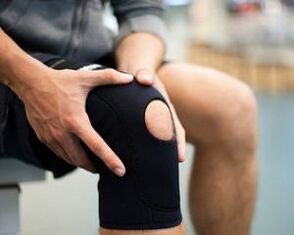
As a result, the cone -shaped increase of cartilage is formed along the edges of the joint - chondroophytes. These chondroophytes are not clinically manifested until the bone process begins. Okreen, Chondroophytes solidifies and develops, called the spikes of the audience. As a general rule, the appearance of spikes is always accompanied by the occurrence of pain and the development of inflammation in the joint. This is due to the fact that osteophytes affect the cartilage tissue and synovial shell during joint movement, thus mechanically damaging it.
As a result, all complications of deforming arthrosis lead to acceleration of the progress of cartilage pathological changes. However, knowledge of the mechanism of gonarthrosis can successfully influence some of your relationships to slow down your current flow and improve your long -term prediction.
Secondary gonarthosis differs from the primary one, as the main reason that has launched the vicious destruction of the joint cartilage. Further process of the disease occurs in the same way as primary gonarthrosis, with the peculiarity that the disease is continuously aggravated by the effects of negative factors related to the underlying disease. Therefore, the secondary arthrosis of the knee joint is usually more aggressive.
- injuries (acute and chronic);
- Deformation of the lower limbs or valgus;
- Congenital abbreviation for one lower limb;
- The knee joint hypermobility syndrome;
- Congenital dysplasia of the knee joint;
- chondrocalcinosis;
- osteomyelitis;
- rheumatoid arthritis;
- Acromegalia;
- Diabetes mellitus;
- obesity;
- hypothyroidism;
- Cheating, etc.
Post -traumatic deforming arthrosis is acute and chronic. The acute form of the disease develops after a serious injury - more often -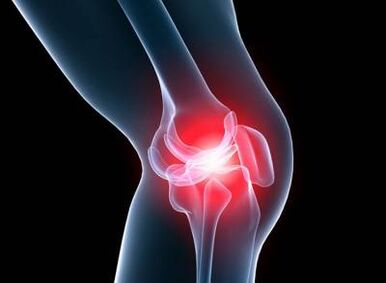
, which occurs or partially extends to the joint part of the bone. The chronic form of the disease develops for a longer period of time and generally involves a frequent and mild injury. Such conditions builders, road workers, movers, etc. Will be created.
In acute gonarthrosis, the mechanism of the disease involves severe inflammatory changes in the joint cavity, namely lymphostasis, increased pressure of the joint cavity and changes in synovial fluid. Excessive acceleration of the growth of new cartilage tissue leads to deformation of the joint surface at the site of fracture and the increase in osteophytes.
There is no severe inflammatory procedure in chronic gonarthrosis, but frequent and intense load on cartilage tissue leads to rapid compression, microtochants and deterioration of cartilage supply, both from the bone side and the arthritis.
People with such pathology are quite often found. The essence of this is to change the shape of the legs. Variation deformation is curved in a horizontal plane. In other words, space between the patient's legs is more than healthy people. In the case of the valgus deformation, the legs are x -shaped when the knee comes in contact with each other. Both pathologies can be genetically programmed and developed throughout life due to fractures of the lower limbs.
In both cases, one side of the knee joint increases, with varus deformation on the side side and the valgus deformation - on the medial sides. Because the patient's same weight is pressed in a smaller area, the cartilage is washed early, with inflammation, pain and morning stiffness.
The congenital abbreviation of one leg may be due to the result of disorders or may occur a few years as a result of birth injury. As in the previous case, the uneven distribution of weight occurs and the normal leg is loaded with heavy loads. As a result, a healthy foot knee joint is undergoing structural changes that lead to deforming arthrosis.
This pathological condition is not a disease, but it can lead to it. This syndrome means an excessive mobility of a league and consistent device in which joint movement within the normal axes can significantly increase. Such patients almost never suspect they have such a trait because they live with their entire lives and think that other people work the same way.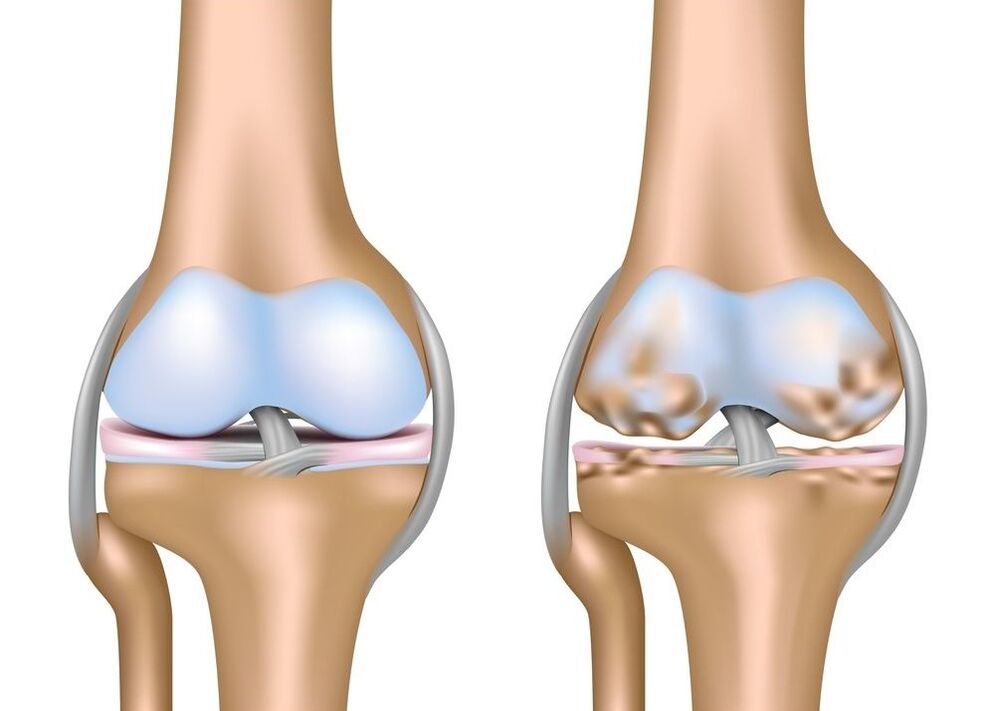
A sign of the hyperscremor of the knee joint is to form a stupid angle between the first surfaces of the thigh and the lower leg by maximum straightening of the foot. In other words, the knee bends as it was and the legs are enthusiastic. In addition, such patients can easily reach the forearm with their thumb, reach their heads to their feet, and, in principle, have congenital elasticity.
The joints of the knee joint arthritis
In the early stages of development, the pathology is shown by the pain of the knee, expressed moderately and while moving while moving along the steps.
An unpleasant symptom may occur if a person spends a lot of time standing or trying to rise after a long -sitting position.
At rest, health is generally improving.
Spontaneous, intense severe pain occurs.
Most patients had previously had a long -term discomfort during physical activity and walking. In this case, increasing pain may be the main sign of gonarthrosis.
The disease gradually, for a few months or years, if you are not already visible deformation and severe pain. But during this period, the knee discomfort, which occurs from time to time.
Keep in mind that the earlier you consult with a doctor, the easier and more successful your treatment will be.
Do not delay the visit of a specialist and wait for irreversible consequences. Take measures as soon as you notice the symptoms of the disease.
The obvious signs of the arthrosis of the knee joint appear when the structure of the porchs, the production of synovial fluid and the damage to the joint bag. There are generally no priority symptoms in the early stages of the growth of pathological changes, but at the same time it may be mild stiffness in the morning.
When pronounced and various symptoms occur, arthrosis is usually in the late stages of their development. At this time, the structure of the knee joint is already causing severe damage, so the disease is placed in the acute phase. The characteristic manifestations of the acute period of the formation of arthrosis are as follows:
- increased pain;
- Changing walking;
- lameness;
- Crunch when moving;
- Swelling of soft tissues;
- knee growth due to fluid accumulation;
- Restriction of mobility in the joint.
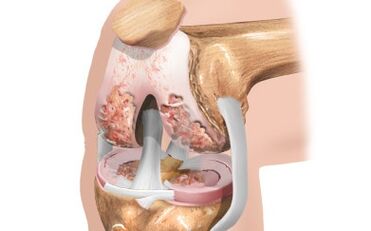
When the knee arthrosis develops, the symptoms may increase for a long time, but if the disease is switching to the last 3 stages of the joint disorder, the quality of life significantly reduces the quality of life.
- The synovial shell begins to ignite the damage to the joint surfaces, leading to a violation of the mobility of the entire joint.
- Any damaged joint movement can be very painful.
- During palpation, a significant increase in local body temperature is observed.
- As a general rule, effective treatment of arthrosis of the knee joint with conservative methods is only possible in early stages of the disease.
- Thus, when the signs of the disease appear, consult a doctor for consultation.
Symptoms and treatment are linked when the condition of the knee arthrosis is formed, since if the joint surfaces can continue to be completely restored and improved with local metabolism at an early stage of the disease, medication for the arthrosis of the knee joint in later stages cannot often be positive.
Degree arthrosis is almost visible symptoms. The development of this phase is characterized by the following:
- fatigue in the legs;
- A slight decrease in mobility, which is usually observed immediately after sleeping.
Symptoms of pain, if and occur, are slightly manifested. At this moment, the arthrosis of the knee looks like X -radiation, in the form of small bumps of cartilage and the surface of the bones.
The arthrosis of the knee joint is more prominent with the arthrosis of the knee joint. The pain arises from the minimum load or afterwards. In the affected part of the foot, the pain is caused by almost any movement. After quite a long rest, it usually disappears completely. However, the following physical effects immediately cause pain.
In the second stage of the disease, the sensation of pain is added:
- Crunch in the knee joint during movements;
- Reduced option to rush your legs normally in the knee;
- Replacement of common bones;
- Progressive synovitis.
The coarse joints of the joints are usually hardly heard, but it is very loud and distinguished during the disease. When you try to bow your legs in the knee, sharp pain occurs. In some cases, this is only possible in a 90 degree corner and then with difficulty and pain. Changes in the shape of the joint also become apparent, which is also exacerbated by the accumulation of the abnormal fluid in it.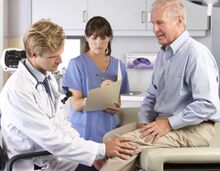
Degree 3 of arthrosis is characteristic of severe pain that are independent of physical activity intensity. The joint even disturbs people at night, causing significant discomfort.
X -rays can show global changes in cartilage, joint surface, non -characteristic growth. O-shaped or X-shaped curvature leads to people to disability. These are the consequences with which the cartilage tissue has already been exhausted and the bone tissue has been entered into the "motion".
Gonarthosis is a degenerative-dynish disease in which cartilage destruction and joint are deformed. Signs of the disease are severe pain, deformation of the limbs, uneven distribution of the bone-muscular system, a significant reduction in complications and a significant reduction in mobility to the patient's disability.



















